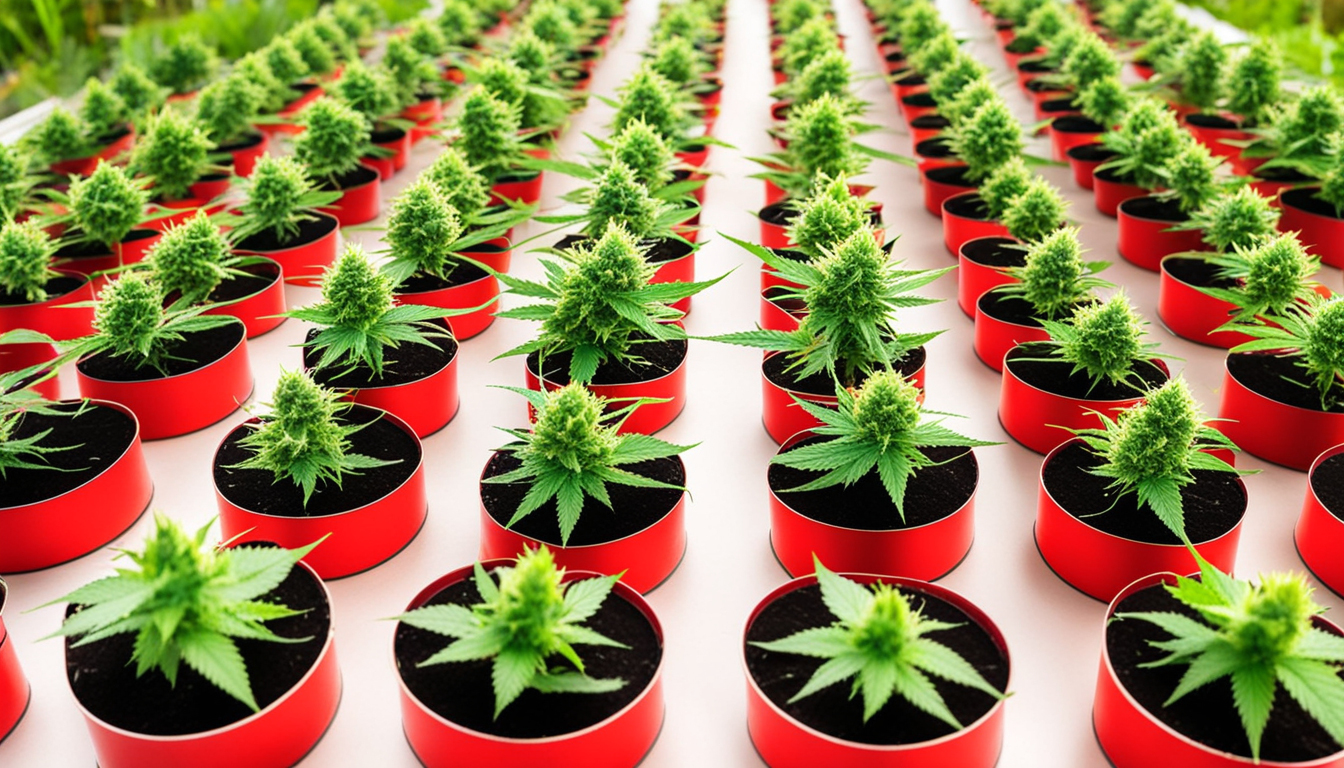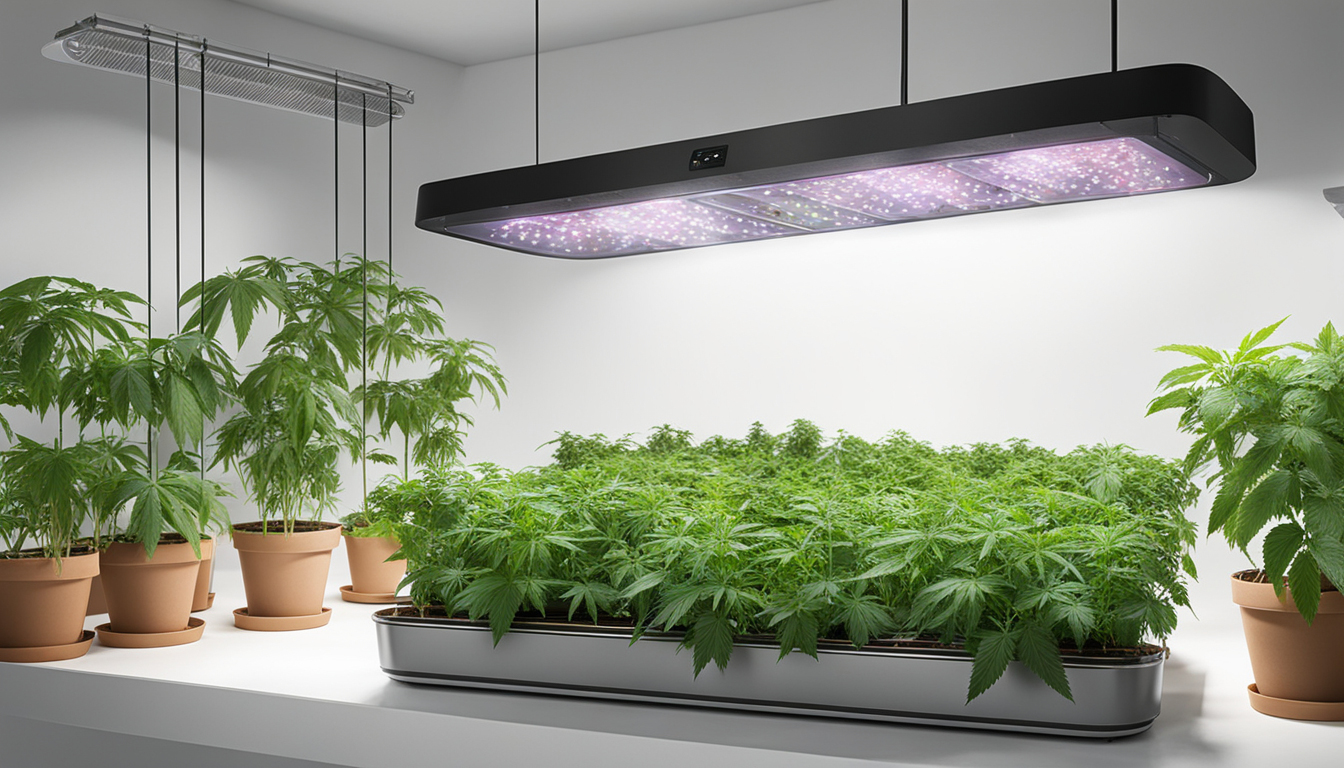
Whether you're new to weed production or looking to improve your existing grow, following this complete guide will help you produce big, high-quality yields right at home. With the right gear, strategies, and attention, growing cannabis indoors can be an extremely satisfying and cost-effective endeavor.
Choosing Marijuana Varieties
The first step in planning your indoor harvest is picking the right weed varieties to grow. The three main types of pot plants each have their own qualities.
Sativas
Known for their energizing intellectual effects, these strains spread tall and slender with narrow leaves. They flourish in tropical tropical climates and have a longer flowering time between 2.5-3 months indoors. Top energizing varieties include Sour Diesel, Durban Poison, and Jack Herer.
Indicas
These strains provide calming body-focused effects and spread short and bushy with wide leaves. Accustomed to colder mountain climates, they bloom faster within 8-9 weeks. Popular indica strains include Granddaddy Purple, Northern Lights, and Bubba Kush.
Hybrids
Hybrid strains blend traits from both sativas and indicas. They offer combined effects and have moderate flowering periods around 2.25-2.5 months. Popular hybrids are OG Kush, Girl Scout Cookies, and Blue Dream.

Setting Up Your Cultivation Space
Pot plants need the right controlled environment to succeed. Key factors for indoor cultivations are lights, airflow, layout, and finding the ideal discreet spot.
Location
Choose an empty space with quick access to irrigation and electrical outlets. An empty spare room, large closet, basement corner, or grow tent locked away in a garage all make great stealthy cultivation room spots.
Lights
Cannabis requires powerful light for all vegetative stages. LEDs are energy-efficient and come in full spectrum options mimicking natural outdoor light. Provide 250-400 watts per sq. ft for the vegetative stage and 20-40 watts per square foot for bloom.
Airflow
Proper ventilation and exhaust systems maintain ideal temperature, humidity, and fresh CO2 levels. Install quiet 10-15 cm fans or scrubbers to circulate stale air and eliminate smells.
Layout
Maximize your space by arranging plants carefully under the lights and leaving room to reach and work around them. Set up separate zones for vegetation, bloom, curing, and cloning.

Cultivation Substrates
Marijuana can be grown in various mediums, each with benefits and cons. Pick a suitable option for your particular setup and growing style.
Soil
The traditional substrate, soil is cheap and simple for beginners. It provides excellent flavor but needs more watering and nutrients to nourish plants. Enrich soil with perlite or coir to enhance drainage.
Coconut coir
Made from coconut husks, renewable coco coir holds water but still allows air to the roots. It's more sterile and more consistent than soil. Use coco-specific fertilizers to avoid accumulation.
Hydroponics
In water systems, plant roots grow right in nutrient irrigation solution. This allows quick growth but needs close observation of water properties. DWC and drip systems are popular methods.
Germinating Seeds
Sprouting prepares your weed seeds to start growing taproots. This prepares them for transplanting into their growing medium.
Towel Method
Place seeds between wet paper towels and maintain them moist. Inspect after a week for emerging radicles showing germination is complete.
Planting directly
Insert seeds directly into pre-moistened cultivation medium 1⁄4 inch deep. Gently water and wait 1-2 weeks until seedlings break through the surface.
Rockwool Cubes
Soak cubic rockwool starters in balanced water. Insert seeds 6mm deep into the cubes. Keep cubes wet until seedlings emerge within 1-14 days.
Repotting Young plants
Once sprouted, weed young plants need to be repotted to avoid overcrowding. Move them into appropriately sized pots.
Ready Containers
Load final pots with growing medium enriched with time-released nutrients. Allow containers to absorb water for 8-12 hours before repotting.
Carefully Transplanting
Gently separate seedling roots from sprouting medium using a spade. Put Send a Message into pre-soaked container at same depth as before and lightly water in.
Growth Stage
The growth stage encourages foliage and plant structure through 18-24 hours of daily light exposure. This stage usually lasts 1-2 months.
Using 3/4 to full day of Lighting
Use grow lights on a 24 hour cycle or natural sunlight to trigger nonstop growth. Lamp output influences height and node distance.
Fertilizing
Use vegetative stage nutrients higher in nitrogen. Make sure pH stays around 6.5 for full fertilizer uptake. Fertilize 25-50% concentration after 14 days and strengthen slowly.
Training Techniques
Topping, low stress training, and scrogging manipulate growth patterns for even canopies. This increases yields.

Flowering Stage
The flowering stage develops buds as plants reveal their sex under a 12 hour cycle schedule. It lasts 8-12 weeks depending on variety.
Switching to 12/12
Change lamps to 12 hours on, 12 hours off or move outdoors for outdoor 12 hour cycle. This signals plants to start flowering.
Flushing
Leaching removes nutrient salts to enhance flavor. Fertilize weakly the first period then just use pH'd water the final 2 weeks.
Flushing
Continue 12/12 light timing but leach using neutral pH water only. Resume clean watering if buds aren't yet mature after two weeks.
Harvesting
Recognizing when pot is completely mature ensures maximum potency and aroma. Harvest plants at peak ripeness.
Signs of readiness
Look for swollen calyxes, faded pistils, and 5-15% amber trichomes. Check buds around the plant as they won't all ripen evenly.
Cutting Plants
Use sterilized, razor-sharp trimming scissors to gently slice each plant at the base. Leave 5-10cm of stalk attached.
Drying
Suspend intact plants or branches inverted in a lightless room with average temp and humidity around 50-60% for 1-2 weeks.
Curing
Curing keeps drying while aging the buds like aged spirits. This process smooths bitterness and further develops terpene contents.
Jars and Humidity
Manicure cured buds from branches and place into sealed containers, packing about 3⁄4 full. Use a hygrometer to monitor jar humidity.
Opening jars daily
Open containers for a few hours daily to gradually lower moisture. Remoisten buds if RH drops below 55%.
Final Cure
After 14-21 days when humidity levels off around 55-65%, do a final manicure and keep long-term in airtight jars.
Troubleshooting
Even experienced cultivators run into various pot plant problems. Identify problems early and fix them correctly to maintain a vibrant garden.
Nutrient Deficiencies
Chlorosis often signify insufficient nitrogen. Purpling stems and leaves signal phosphorus deficiency. Check pH and boost nutrients slowly.
Bugs
Thrips, aphids, fungus gnats, thrips, and nematodes are common pot pests. Discover More Use neem oil sprays, predator bugs, and sticky traps for organic control.
Mold
Excessive humidity promotes powdery mildew and root rot. Increase airflow and venting while lowering RH below 50% during flowering.

Summary
With this complete indoor weed growing guide, you now have the info to grow plentiful potent buds for private grows. Follow these steps and methods during the seed Find Out More starting, vegetative, and bloom stages. Spend in quality equipment and closely check on your plants. In time, you'll be compensated with frosty aromatic buds you grew yourself under the patient guidance of your green hands. Happy growing